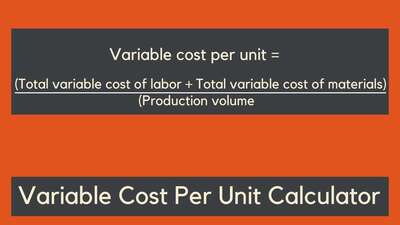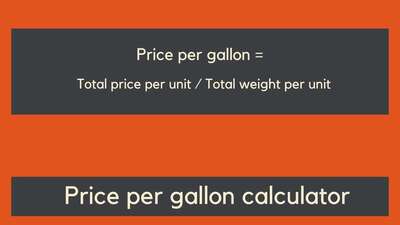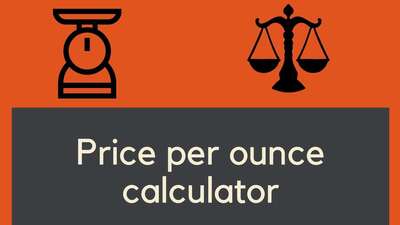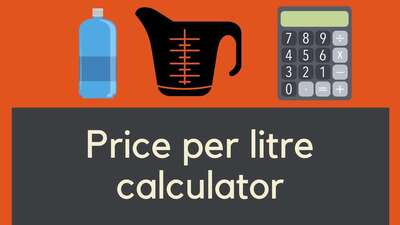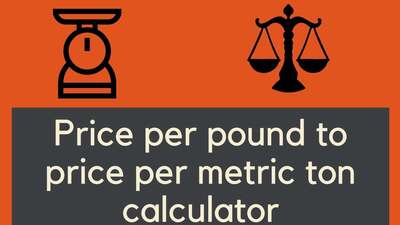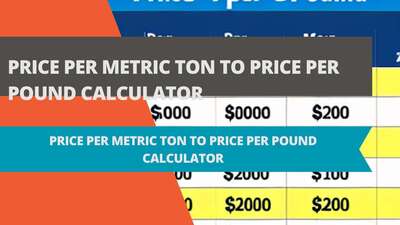401k Calculator: Understanding Retirement Planning
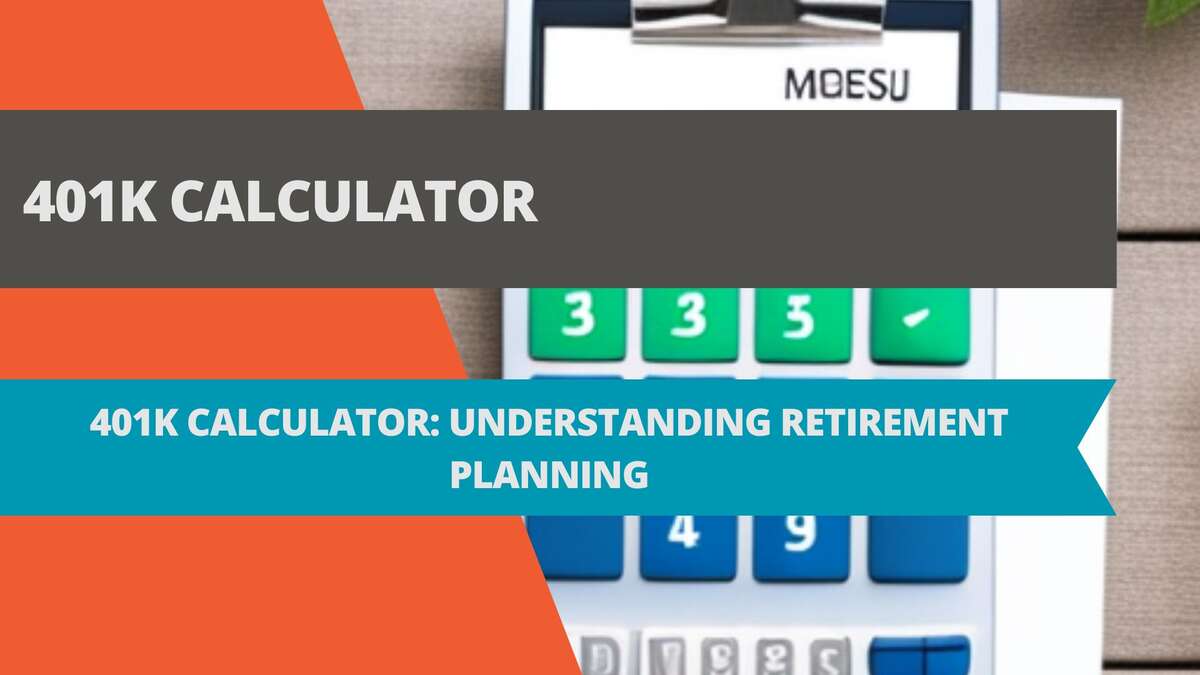
- What is a 401k Calculator?
- Formula for 401k Calculation
- Examples of 401k Calculations
- Example 1:
- Example 2:
- Explanation of 401k Calculator Results
- Question and Answer FAQ
- Q: How much should I contribute to my 401k?
- Q: What investment strategy should I choose for my 401k?
- Q: What happens if I withdraw money from my 401k before retirement?
- Conclusion
- Disclaimer
Retirement planning is a crucial step towards financial stability and security in the future. It involves a range of decisions, including how much money to save, where to invest it, and what kind of retirement lifestyle to aim for. One of the most popular and effective retirement planning tools is the 401k plan, which enables employees to save and invest a portion of their income tax-deferred. A 401k calculator is an essential tool for anyone who wants to estimate their retirement savings and plan accordingly. In this article, we will discuss the 401k calculator, its definition, formula, examples, and its importance in retirement planning.
What is a 401k Calculator?
A 401k calculator is an online tool that helps individuals estimate their retirement savings based on their current and future contributions, investment returns, and other factors. It is an easy-to-use tool that allows users to input data such as their current age, retirement age, salary, contribution percentage, and investment strategy. The calculator then generates an estimate of the total amount of money they can expect to have in their 401k account at retirement. It can also provide projections of how much income they may receive each month during retirement.
Formula for 401k Calculation
The formula for calculating the future value of a 401k account is relatively straightforward. It involves four main factors: the initial investment, the contribution rate, the investment return rate, and the time horizon. The formula is:
Future Value (FV) = Initial Investment x (1 + Investment Return Rate)^(Number of Years of Investment) + (Annual Contribution x ((1 + Investment Return Rate)^Number of Years of Investment - 1) / Investment Return Rate)
Here, the initial investment is the amount of money you already have in your 401k account. The contribution rate is the percentage of your salary that you contribute to your account each year. The investment return rate is the rate of return you expect to earn on your investments. The time horizon is the number of years until you retire.
Examples of 401k Calculations
Let's look at some examples of 401k calculations to see how the formula works.
Example 1:
John is 30 years old and has $50,000 in his 401k account. He plans to retire at age 65 and contributes 10% of his $100,000 salary each year. He expects his investments to earn an average annual return of 6%. Using the formula, we can calculate the future value of John's 401k account as:
Future Value (FV) = $50,000 x (1 + 6%)^(35) + ($10,000 x ((1 + 6%)^35 - 1) / 6%)
The result is a future value of $1,168,398.
Example 2:
Jane is 45 years old and has $250,000 in her 401k account. She plans to retire at age 65 and contributes 15% of her $150,000 salary each year. She expects her investments to earn an average annual return of 7%. Using the formula, we can calculate the future value of Jane's 401k account as:
Future Value (FV) = $250,000 x (1 + 7%)^(20) + ($22,500 x ((1 + 7%)^20 - 1) / 7%)
The result is a future value of $1,309,934.
Explanation of 401k Calculator Results
The results generated by a 401k calculator can provide valuable insights into an individual's retirement planning. The estimated future value of the 401k account can help individuals understand if they are on track to meet their retirement goals. The projected monthly income during retirement can give them an idea of the standard of living they can expect to maintain. However, it is important to note that the projections generated by the calculator are based on assumptions and are not guaranteed. Market conditions and other factors can affect investment returns, which can impact the actual value of the 401k account at retirement.
Question and Answer FAQ
Q: How much should I contribute to my 401k?
A: The amount you should contribute to your 401k depends on your individual financial situation and retirement goals. A general rule of thumb is to contribute at least enough to receive the full employer match, if available. Beyond that, you should aim to contribute as much as you can afford to without sacrificing your current financial needs and goals. Many financial advisors recommend contributing 10-15% of your salary to your 401k.
Q: What investment strategy should I choose for my 401k?
A: The investment strategy you choose for your 401k should align with your retirement goals and risk tolerance. Generally, younger individuals can afford to take on more risk and may choose to invest in more aggressive growth options, such as stocks. As you approach retirement age, it may be prudent to shift towards more conservative options, such as bonds, to preserve your capital. It is important to consult with a financial advisor to determine the best investment strategy for your individual situation.
Q: What happens if I withdraw money from my 401k before retirement?
A: Withdrawing money from your 401k before retirement can have significant financial consequences. In addition to paying income taxes on the withdrawal, you may also be subject to a 10% penalty on the withdrawn amount. Furthermore, withdrawing money from your 401k reduces the amount of money available for retirement and can significantly impact your long-term financial security. It is generally recommended to avoid withdrawing money from your 401k before retirement unless it is absolutely necessary.
Conclusion
A 401k calculator is an invaluable tool for anyone who wants to plan for retirement. By estimating the future value of a 401k account and projecting monthly income during retirement, a 401k calculator can help individuals make informed decisions about their retirement savings goals and investment strategies. However, it is important to remember that the projections generated by the calculator are based on assumptions and are not guaranteed. Consultation with a financial advisor can provide personalized advice and guidance to ensure that you are on track to meet your retirement goals.
Disclaimer
The information provided in this article is for educational purposes only and does not constitute financial advice. It is important to consult with a qualified financial advisor before making any investment decisions.





![Car Loan Calculator: Definition, Formula, Examples, and FAQs [2023 Guide]](/images/page/400/car-loan-calculator-13.jpg)










